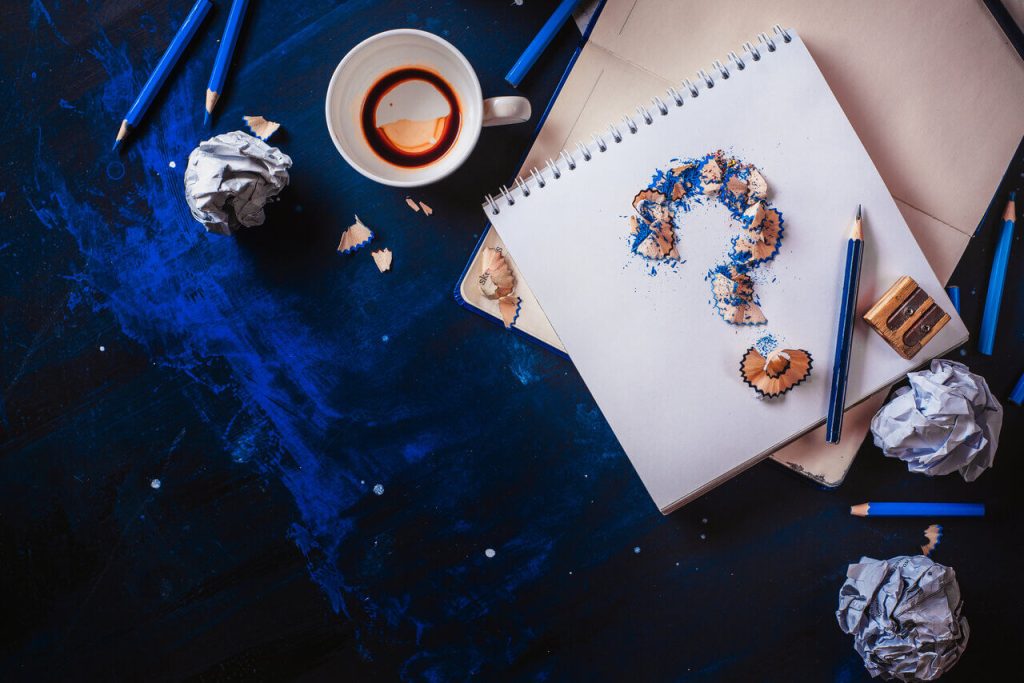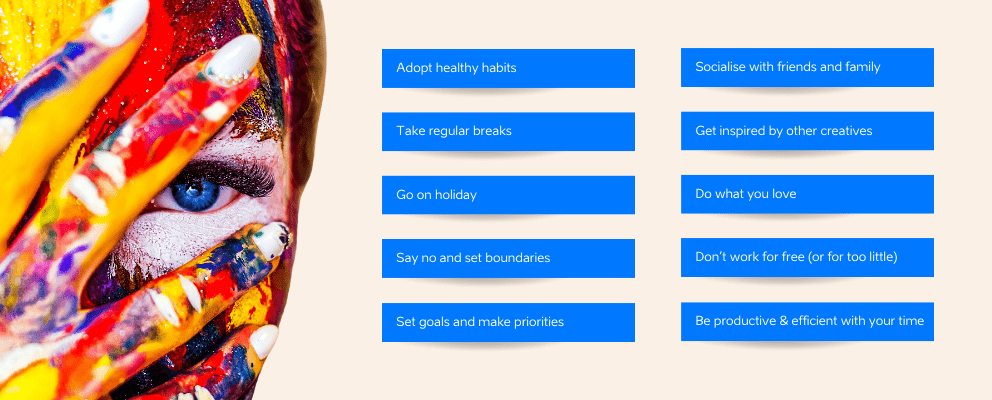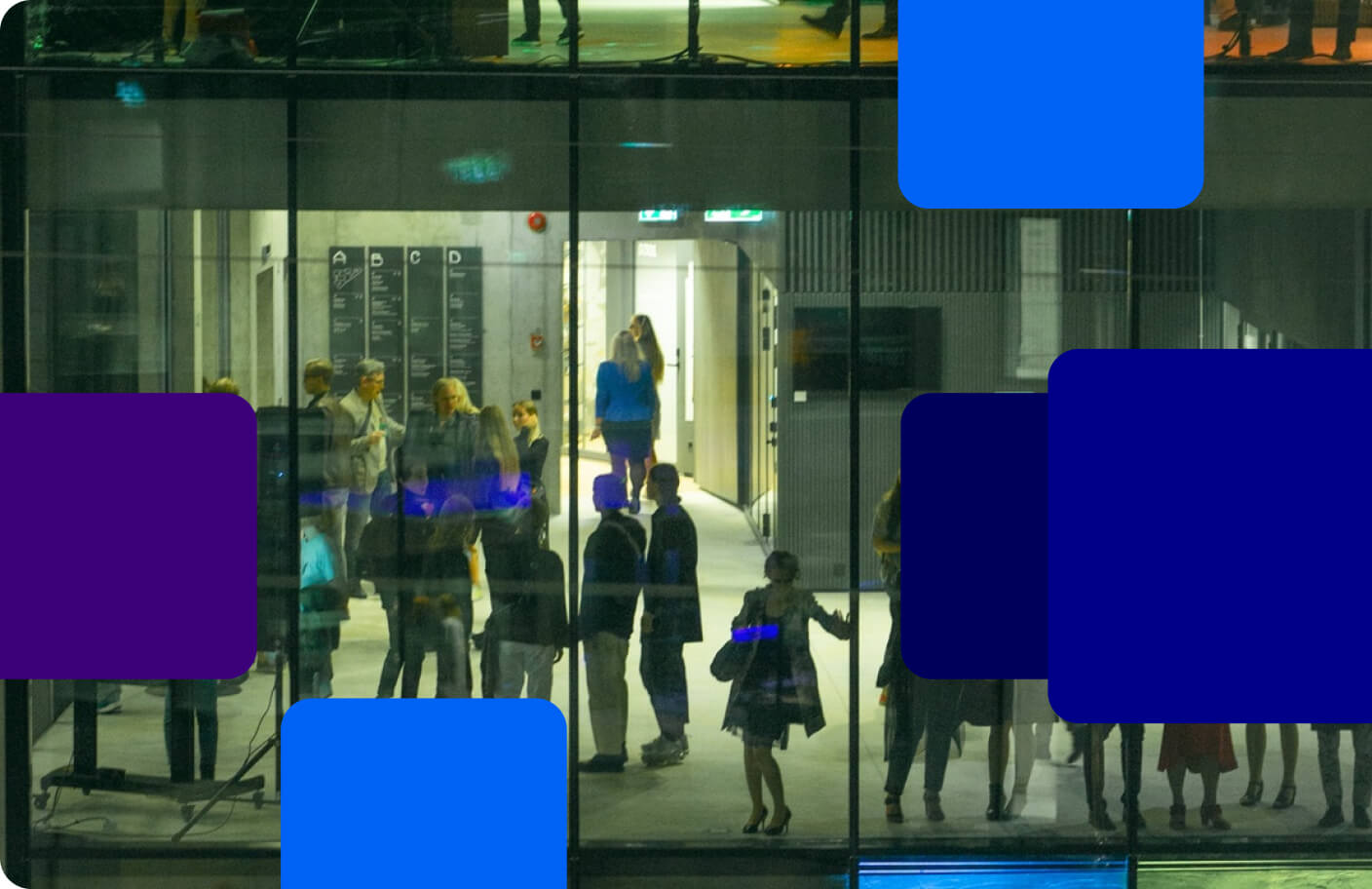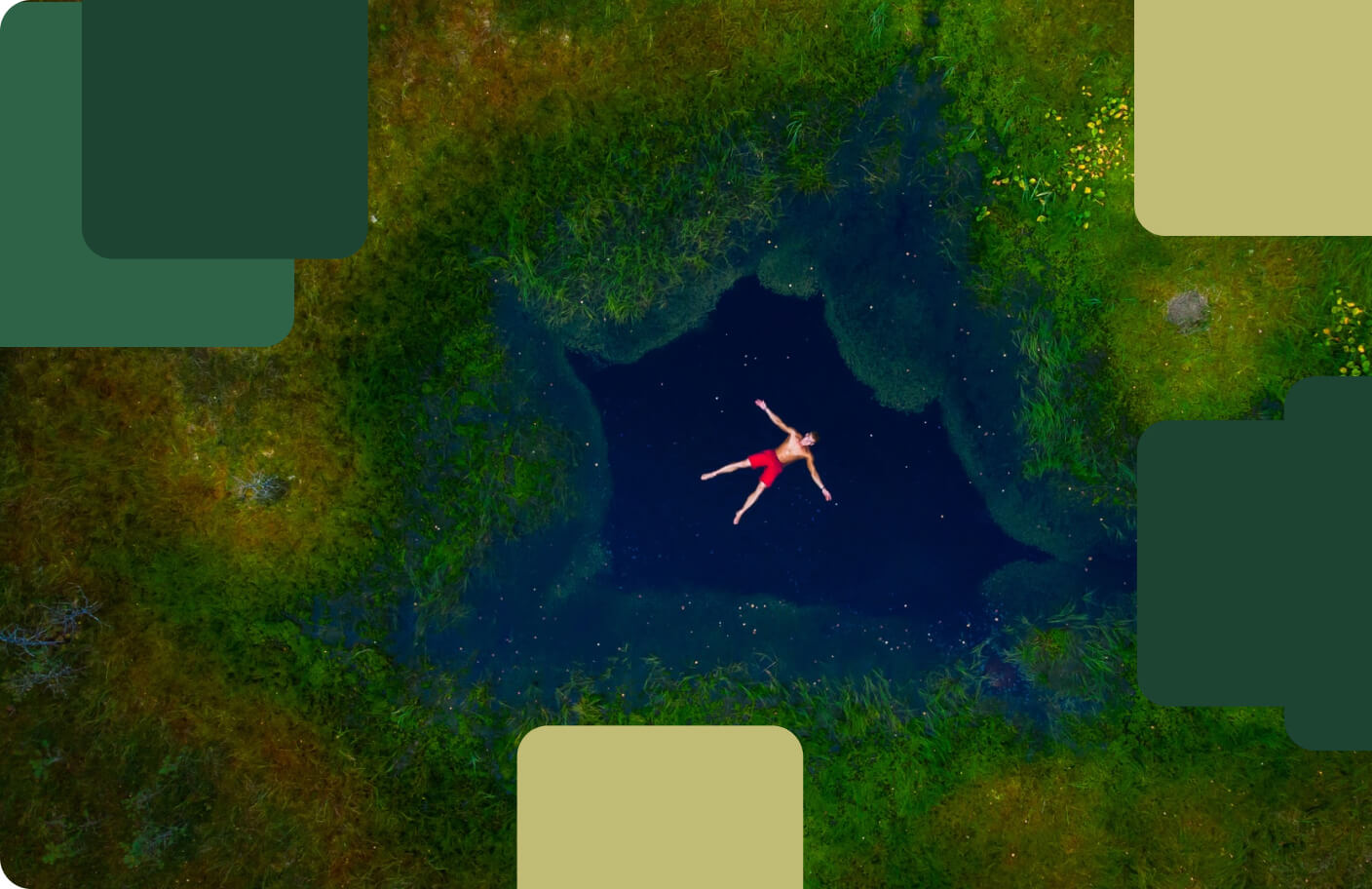avoiding creative burnout as a solopreneur
Do you work as a creative and suffer from creative burnout? Here are my tips on avoiding this - from one solopreneur to another

Do you work as a creative solopreneur? Perhaps you’re a photographer, graphic designer, copywriter, fashion editor, or illustrator. Creative burnout can easily happen, but there’s a lot you can do to avoid it.
There isn’t too much creative burnout research or statistics, but there is clear evidence that burnout in general is on the rise around the world - particularly impacted by the Covid-19 pandemic.
A substantial number of e-residents work in the knowledge economy. Many of you may have experienced the effects of burnout. So I thought I’d take this opportunity to give some tips - from one solopreneur to another - about how to avoid it.
What is creative burnout?
Many people around the world experience burnout in one form or another. Creative burnout is linked to creative professions such as design, photography, writing, the arts, etc.
Creative burnout is a mental and emotional state of being that can have significant impacts on your ability to complete daily tasks and on your mental health.
While all artists at some time or other experience some kind of creative block, an artist’s block vs burnout are quite different things.
Signs to watch out for
So, what does artistic burnout feel like? Creative burnout is when you feel you have no creative spirit, energy or ideas left and may also present with a range of other typical burnout feelings.
Signs of creative burnout are more lasting than a temporary creative block. They can start with procrastination, a lack of motivation, neglecting your tasks, and generally not feeling excited about or inspired by your daily work schedule. At worst, they can lead to feelings of tiredness, being stressed, adopting bad habits or neglecting healthy habits like daily exercise.
If you have been experiencing some of these more extreme signs of creative burnout, then it’s advisable to contact a professional to assist you in making a diagnosis and getting you the help and support you need.
If you’re looking for a way to avoid it getting that bad, I present below my top 10 tips.
10 tips to avoid creative burnout
It’s much better to take a preventative stance on creative burnout and to actively take steps to both avoid it and keep your creative passion alive.
There are a combination of factors that can trigger creative burnout. They include, for example, not achieving work-life balance, having too much work on your plate, working with clients or managers who have unreasonable expectations or treat you badly, etc. Knowing what can cause burnout can help you to avoid it.
Here are 10 tips to help you maintain optimum levels of creativity, keep your creative spark alive, and avoid feeling burnt out.

1. Intentionally adopt healthy habits
A healthy lifestyle has many benefits including increased energy levels and an enhanced sense of wellness. As so many of us lead busy lives, if we don't have time in our days for exercise, relaxing or chilling out, we could go months without any downtime, which can have serious negative impacts and can lead to burnout.
Whether you use an alarm to set daily reminders, register at a fitness club for a daily activity, or meet friends for a walk after work each day - find a way of scheduling some time for healthy and enjoyable activities into your day.
2. Take regular breaks
Taking regular breaks throughout the day can help you to relax and feel less stressed out. It can lift your mood, give you energy and help create a sense of perspective.
You may feel that you are too busy to take a break, but try and think of it as a way to recharge. Recharging can actually help with inspiration, creativity and productivity. Plus, if breaks help you avoid burnout, they’re worth it, right?
3. Go on holiday
Taking regular breaks throughout a work day is one thing, but having a chunk of time off to fully recharge and relax in the form of a holiday is also an important tool for avoiding burnout.
Holidays give us time to relax and unwind, set new goals, reflect on life and draw inspiration from others.
While it may seem counterintuitive to schedule a holiday, as a solopreneur, you need to take charge of your schedule and make time for longer breaks of time off - even if it’s regular weekend getaways.
If you're an e-resident, your digital ID means that you can travel stress-free and manage any urgent or emergency business from anywhere in the world.
4. Say no and set boundaries
Learn to say “no” and set clear boundaries. It’s a useful skill to ensure you don’t burn out or get overloaded with too much work.
While it’s tempting to take on an ever increasing number of clients, it’s better to learn how to work smart or charge more for your time so that you can have a healthy work-life balance.
If you have too much on your plate, also try and figure out a way of delegating some work to others. For example, get a bookkeeper or accountant on board to do your tax returns, or a marketing agency to take care of your social media accounts. That frees you up to focus on what you do best.
5. Set goals and make priorities
Having a well-thought out plan of what you want to achieve, helps you prioritise your workload, and to work more efficiently.
Setting goals can also help you stay organised and figure out a schedule that fits in with your social life. This way, you don’t have to neglect socialising, investing in yourself, and downtime.
Make a monthly and daily work plan, and schedule in time for yourself. Consciously build a healthy work life balance into your schedule - whether it’s a beach walk, spending time with friends or family, or reading a book. Get into the habit of scheduling time for yourself every day and stick to it.
6. Socialise with friends and family
The biggest academic study on happiness found that it’s close relationships - not money, fame or work - that keep people happy throughout their lives. It’s no wonder then that many people feel a sense of revival and happiness when they socialise with friends and family. If you’re always working and never make time for socialising, then you may constantly feel like you’re missing out and like there’s no fun in your life. This can lead to depression and other mental health conditions.
That’s why it’s also important to consistently ensure to make time to socialise and see your friends.
7. Get inspired by other creatives
If you’re a creative person, you’re likely to find inspiration from meeting other artists and creatives. Whether you attend creative exhibitions, galleries and shows, join a network for creatives, or take a course with other creatives - staying connected to a creative industry can help you to feel inspired and motivated.
Join the Estonian e-Residency program to network with a wide range of over 100,000 remote solopreneurs, entrepreneurs and creatives from around the world.

8. Do what you love
Sometimes creative people can feel burnout if they’re not working in a field that is their true passion. If you’re a designer at heart, but you’re stuck doing something that doesn’t use those talents - you may feel unfulfilled.
Try to find a way of using your true creative passion to find a greater sense of purpose in the work that you do. This may require learning a few extra skills, or daring to pitch for work that’s more in line with what you’d like to be doing.
9. Don’t work for free (or for too little)
Another reason why creative people can feel unfulfilled is when they charge too little for their time. If you’re working for free for some clients, constantly under-billing the hours you’ve spent working, or if you are charging so little that you can hardly survive - it may be time to change that.
Once you realise your true value and worth, start charging more for your services, and that also may allow you to reduce your overall workload. An important lesson is that clients don’t always choose the cheapest service providers. Increase your rates, and you might actually be surprised by the amount of work you get.
Of course, do some market research and competitor analysis, as well as assess your skills before making this change.
10. Be productive and efficient with your time
Another reason you may be feeling overwhelmed with your work as a self employed creative, is because you waste a lot of time on unnecessary tasks - or you are not efficient with your time.
If you are better at planning your workload and daily schedule, use tools to keep on track with time limits. This will help you be way more productive. Time management skills can easily be learned and there are loads of apps that may be useful in this regard.
How to recover from creative burnout as a solopreneur
If you’ve been experiencing symptoms of creative burnout, it’s time to get professional help.
Some ways to recover from this include avoiding taking on too much work, setting goals and priorities, taking time to relax and unwind each day and scheduling regular holidays.
Remember to be kind to yourself, and to take it slow.
Try and find your true passion, get involved in something creative for fun, and spend time with other creatives. Having a healthy work-life balance is more important than ever - it can help you avoid burnout, spark your creativity, and keep you inspired.
This article was written by guest contributor and seasoned digital nomad Andy Stofferis (www.andysto.com).
More from e-Residency
- Sign up for our newsletter
- Watch fresh video content - subscribe to our Youtube channel
- Meet our team and e-residents - register for our next Live Q&A
